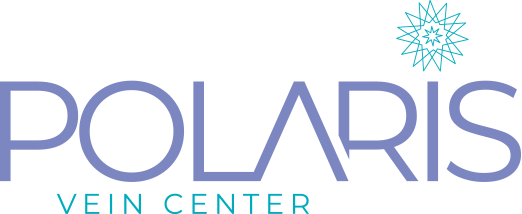Varicose Veins vs. Spider Veins: What’s the Difference?

Appearance
Both types of veins are noticeably abnormal, but they differ in size. Varicose veins are large, raised veins (3 mm or wider) that are red, blue, or purple in appearance. Spider veins are smaller red, blue, or purple veins (1 mm or less) that branch out like spider webs. Varicose veins bulge out from the surface of your skin, while spider veins exist just below the surface of your skin. Any vein in your body can become a varicose vein or a spider vein, but these conditions both typically occur in your legs, ankles, and feet.
Causes
Varicose veins and spider veins both occur as the walls and valves of your veins become weaker. When your veins weaken, they’re not able to circulate blood as well as they used to. As a result, blood starts to pool in veins near the bottom of your body, which is why they become enlarged. Both conditions are caused by:
- Genetics
- Aging
- Obesity
- Pregnancy
- Sedentary lifestyles
- Standing or sitting for long periods of time
Spider veins can be caused by issues unrelated to circulation. Hormones, sun exposure, and even minor injuries can give rise to spider veins.
Symptoms
The symptoms of varicose veins are much more severe than spider vein symptoms. Varicose veins can cause:
- Intense swelling
- Heaviness
- Throbbing
- Fatigue
- Itching
- Restless legs
- Night cramps
Spider veins, on the other hand, are mostly asymptomatic. They might cause mild itching, stinging, or irritation, but for the most part, spider veins are mainly a cosmetic concern.
Side Effects
Varicose veins and spider veins both have secondary conditions. Varicose veins can cause pain, swelling, ulcers, and skin changes. They are also more prone to blood clots and bleeding. The main secondary condition associated with spider veins is mild bleeding. Spider vein bleeding can cause bruises if the blood doesn’t break the skin.
Treatment & Prevention
There are various treatment options for varicose and spider veins. The best way to determine which procedure is right for you is to schedule a consultation with a professional vein specialist. Here is a list of the most common procedures used to treat varicose veins and spider veins:
- VNUS ClosureFast
- Endovenous Laser Treatment (EVLT)
- VenaSeal™ Closure
- Ambulatory Phlebectomy
- Sclerotherapy
A few ways to ward off the development of varicose veins is to diet and exercise, use compression wear on your legs, and to avoid sitting or standing for long periods of time.
The main differences between varicose veins and spider veins are their appearance, severity, and side effects. While varicose veins are more severe than spider veins, patients with both conditions can benefit from vein treatment. If you have more questions about these conditions or you’d like to schedule a vein consultation, contact Columbus Vein Center at 614-215-9026 today.

